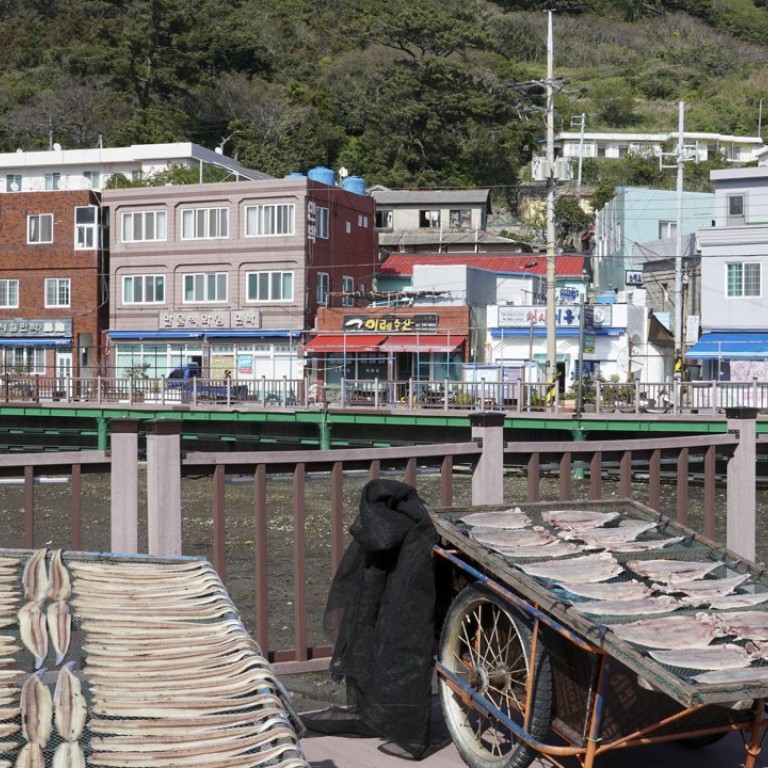
Geomundo, Korea’s forgotten British outpost, and its unique charm, beauty and history
The islands of Geomundo, South Korea, were once an arena where great powers exercised their ambitions. Now, largely forgotten by the outside world, they stand as a preserve of epic views, bold flavours and simple folkways
Stepping onto the dock at Godo Island, I half expect to see at least one nod to British influence – perhaps a fish and chips shop. Instead, I’m confronted by a rack covered with sea bass. Split along the bellies and folded open, they are drying nicely in the spring sunshine.
Further along the harbourfront, which is lined by a hodgepodge of low buildings and stretches inland like a muddy canal, a heady waft of jeotgal (fermented fish paste) clears up any lingering doubts about where I am.
It is my first morning on Geomundo, a remote set of South Korean islands once known as Port Hamilton. Their two-year occupation by the British Royal Navy is now just a footnote in the history of the British Empire. Few Koreans have even heard of them.
Secret Seoul: the South Korean capital’s hidden gems that only locals know
Here on Geomundo, the horizon is a line of forested hills, making it feel like a world of its own. A quick glance at the landscape is enough to see why the Russians took a liking to Geomundo, and why the British seized the small, central island of Godo pre-emptively in 1885. Four decades earlier, they had been surveyed by none other than Sir Edward Belcher, the naval officer who secured Hong Kong for the British in 1841.
Enclosed by crescent-shaped Seodo Island in the west and sturdy Dongdo Island in the east, Godo is perfectly sheltered.
In Wild Coasts of Nippon, published in 1880, Captain Henry Clayven St. John remarked on the harbour’s “capacity to hold the largest fleet of any nation, and its position most commanding”. As calm as a lake, the bay is used these days to raise abalone in floating cages.
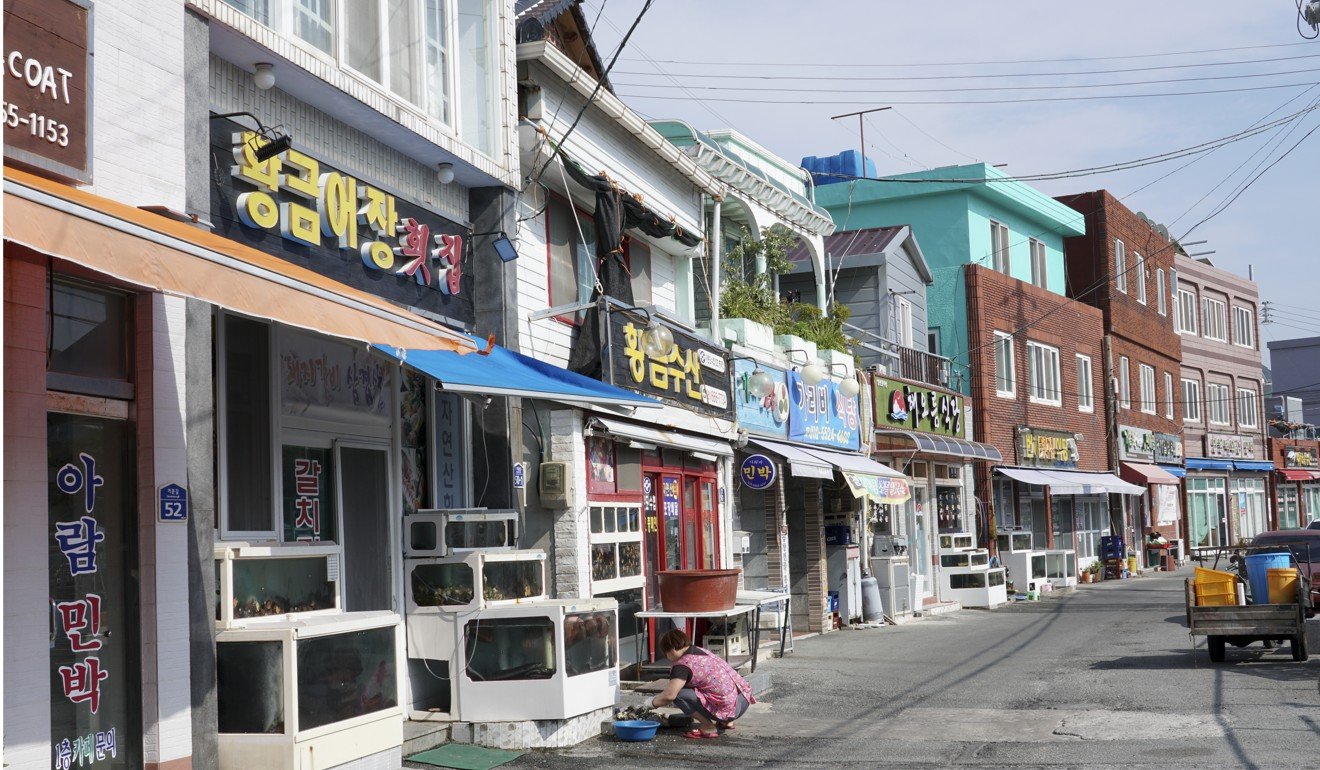
Just as important, the island cluster lies midway between the Korean peninsula and Jeju Island, giving its possessor control over much of the Korea Strait. These days, though, its far-flung position makes it relatively unvisited. Almost all its tourists are Koreans, who go deep sea fishing or hike to a scenically perched lighthouse.
Godo was nearly uninhabited when the British battleships HMS Agamemnon, Pegasus and Firebrand dropped anchor in the harbour. Today, the main town of Samsan still doesn’t have a single convenience store or food franchise. The streets are dominated by restaurants selling sashimi and cutlass fish stew, guest houses, and local speciality stores.
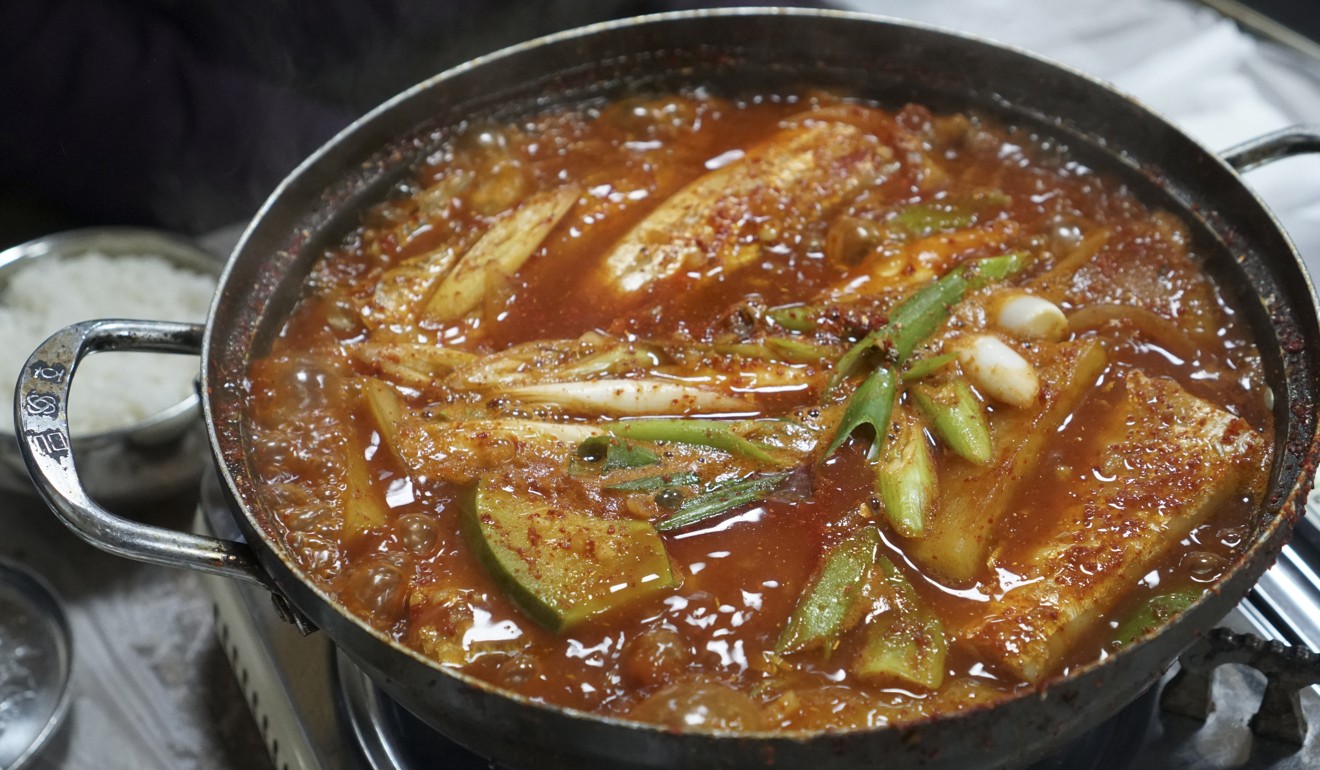
Seeking insight into Geomundo’s history, I head to the township office and arrive in time to join a tour group of civil servants, here on an educational junket from the city of Yeosu. Our elderly guide, Ma Gwang-heon, leads us up to the hillside junior school, where the British naval barracks stood.
To entertain themselves, Ma recounts, the British built a tennis court and set up a billiard table nearby, both the first ever in Korea. He adds that Godo was only the second place in Korea to have electricity, after the king’s palace in Seoul.
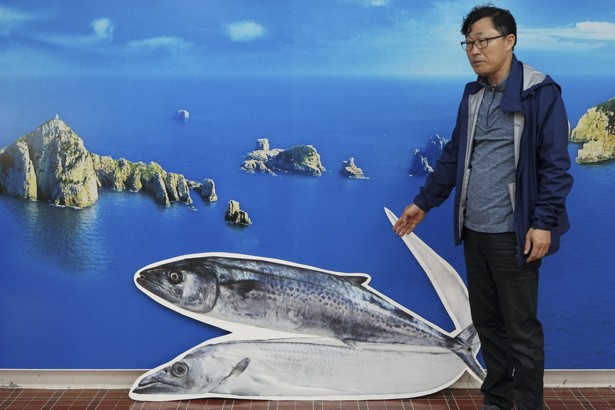
Next, Ma shepherds us further up the hill, past a bamboo thicket, to the British cemetery. All that is left from the Victorian era is a headstone and a wooden cross. Of the 10 seamen who were buried on Godo, two died in an explosion. Another, according to local hearsay, fell off a rowing boat and drowned one night after having a few drinks at a Japanese tavern on Seodo Island.
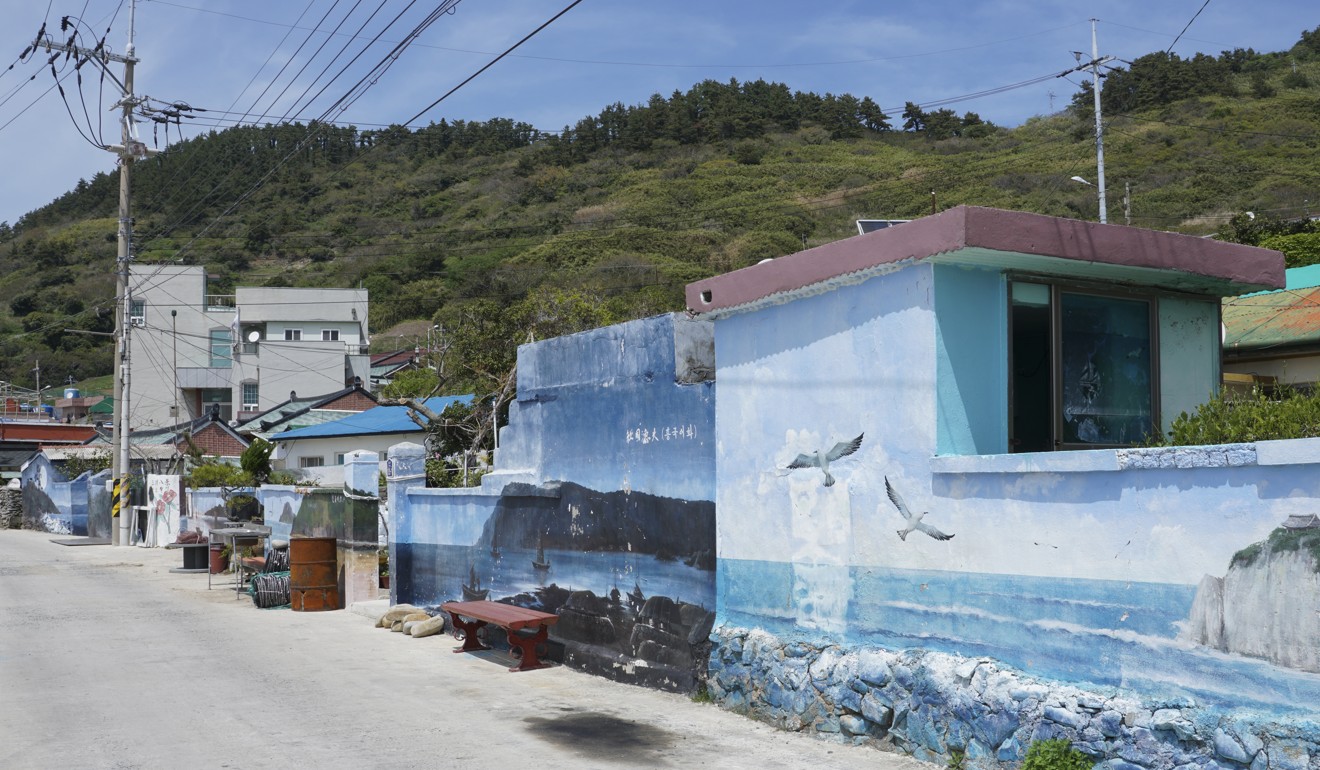
While the group of civil servants seems nonplussed by the legacy of the British, Ma has more to show. Our last stop is a flat overlook near the township office that is crowned with a stone platform.
The group lets out a collective gasp when Ma reveals it to be a Shinto shrine left over from the Japanese colonial period. It is likely the only one that survived the anti-Japanese backlash that followed Korean independence in 1945.

Few traces of the British remain, but many of the buildings along the harbour date back to the 35 years of Japanese rule. Architecture of this vintage has all but disappeared elsewhere in Korea.
When I stop to look at one building that resembles a Southeast Asian shophouse, the owner invites me inside. I make my way up a cramped staircase and suddenly feel like I’m in Japan. The century-old building is laid out like a ryokan (a traditional Japanese inn), lacking only the original tatami flooring.

The next morning I leave from Godo – or Observatory Island, as the British called it – to explore the two outer islands. There are no buses, so I set off on foot. After crossing the single-lane bridge to Seodo, I head north along the coast, accompanied by the ghostly whistling of titmice in the forest.
An hour on, I reach a factory at Seodo’s northern end that processes aromatic mugwort plants, one of Geomundo’s main products. Here I meet a Czech migrant worker on his lunch break. Half an hour later, after crossing the bridge to Dongdo, I’m hailed by a pair of fishery workers from South Asia.
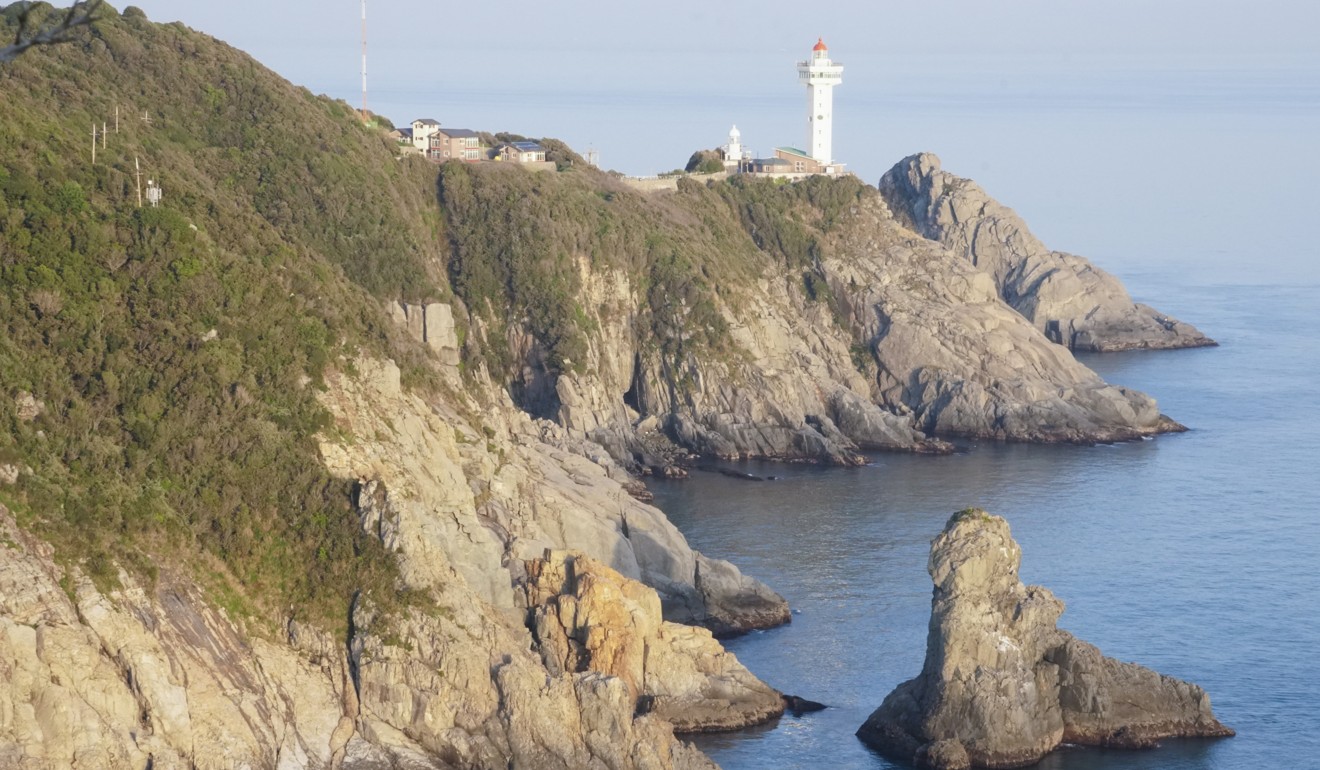
As there is no bridge between Dongdo and Godo, I backtrack to Jangchon Village on Seodo, looking for lunch. The village is a sprawl of blue tin roofs and winding alleys, and it seems to have sunk into a permanent siesta. Though there is not a single restaurant, a handmade sign on the window of a general store advertises pajeon (savoury pancakes). The woman running the store ushers me to a table on her back patio and retires to her kitchen. Silence settles as hanging laundry swings in the sea breeze.
My thoughts return to the time of the British. After the Russians formally renounced their designs on Geomundo, the British decamped in 1887. The base was taken down, farewells were said to the village chiefs, and the ships sailed off with little fanfare. A manager at the township office, Park Seong-soon, has told me that the British seamen probably didn’t leave any descendants: “Given the culture of the time, the unwed women had to stay at home. They didn’t have any chances to interact with foreigners.”
The pancake arrives topped with freshly picked mugwort and filled with tot (a stringy sea vegetable), squid and other ingredients from the sea. I dig into it with my chopsticks, enjoying the medley of indigenous flavours.
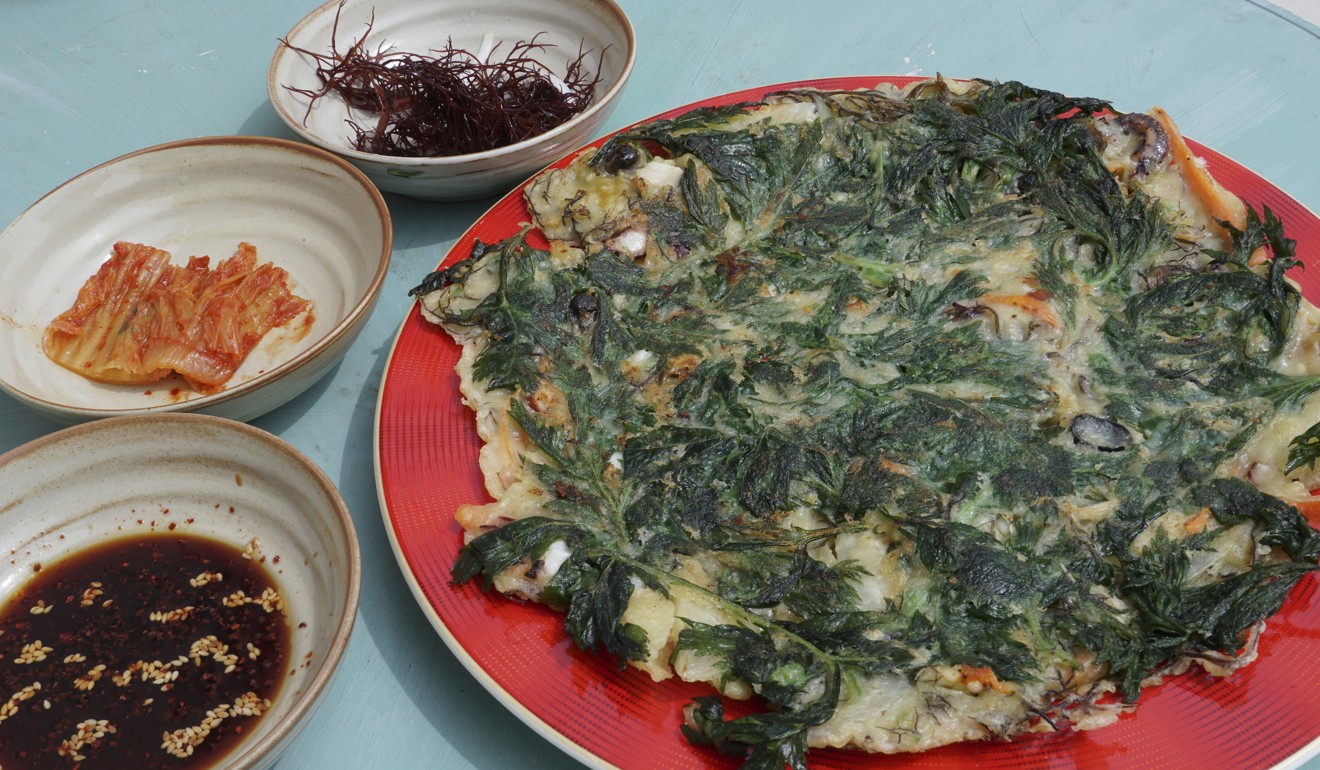
When paying the bill, I ask the middle-aged shopkeeper what she thinks of the area’s unlikely past. She stands behind the till, as placid as the water of the bay.
“Geomundo is an essential part of Korea,” she says. “Because our country was weak, various nations occupied it. This is not something we should be very happy about. Please just forget about all this and think of Geomundo as a beautiful island.”
Getting there
From Seoul, catch the high-speed KTX train from Yongsan Station to Yeosu. The ride is just under three hours. Ferries from Yeosu – host city of the 2012 World Expo – to Geomundo leave twice a day, and take 2½ hours. Ferries are sometimes cancelled due to bad weather.
Getting around
The central island of Godo can be covered on foot. Sandy, sickle-shaped Geomundo Beach on Seodo Island is a pleasant 20-minute walk from Godo. If venturing further, consider hiring a taxi (+82 10 4608 1681). Or simply flag down a ride.
How safe is North Korea – and is it an ethical tourist destination?
For a stunning hike, start at Deokchon Village on Seodo, scale the highest point, and continue to Geomundo Lighthouse. The terrain is varied, and the route features concrete bunkers built into the ridge by the Japanese in 1944.
Staying there
Geomundo has one hotel, nine motels, and over 50 minbak (guest houses). Geomundo Island Hotel (gumundo.co.kr) is idyllically located on Seodo Island. Rooms start at 160,000 won (US$150). A short walk from the ferry terminal, Godo Minbak (061-665-7288) occupies a cosy heritage building. The rooms are outfitted for Korean-style floor sleeping and comfortably sleep four people. Godo Minbak charges 50,000 won a night, with a slight rise in price during summer.

